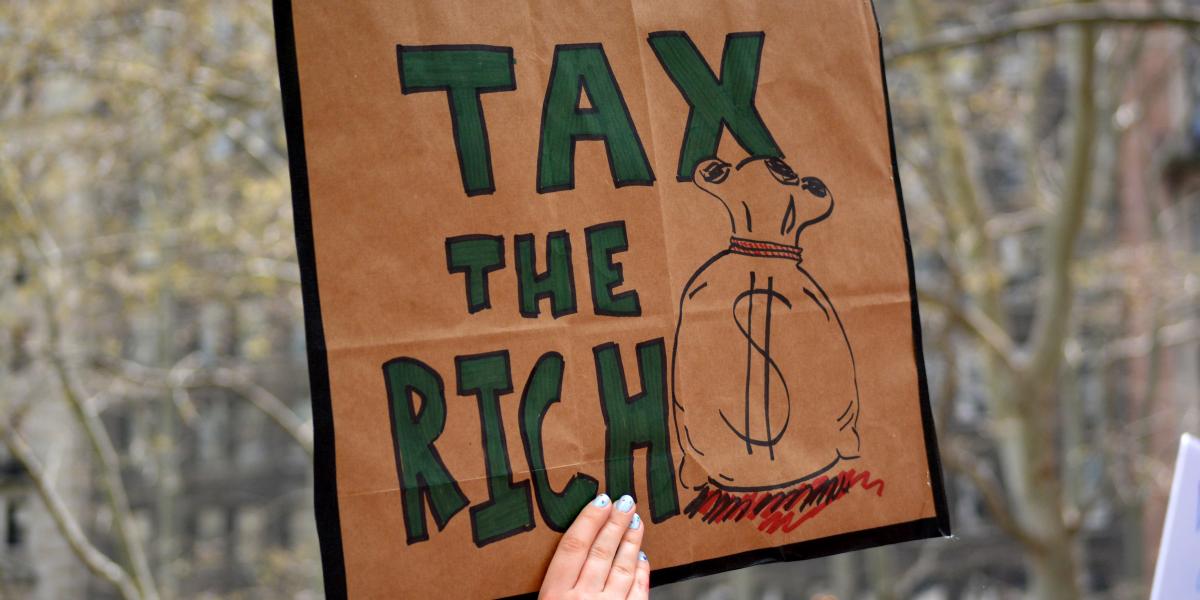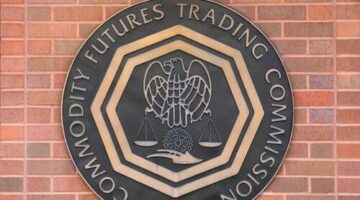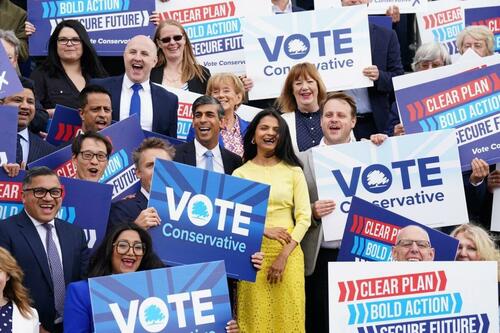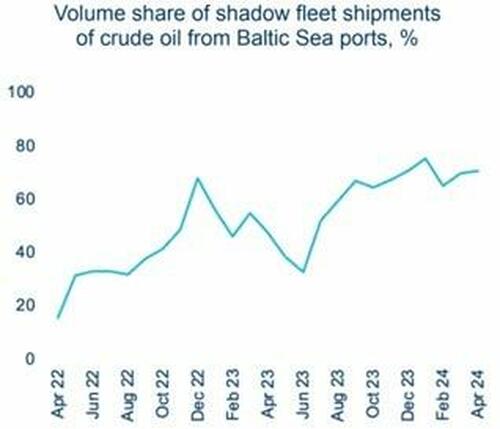
Tax the Rich? Not a good idea
In the popular book “The Trading Game,” British author Gary Stevenson recounts his journey as a trader at a major U.S. bank in London. He has made lofty claims about his trading career and used it as a springboard for his successful YouTube channel, “Garys Economics.”
A tailwind to his popularity is that he holds many fashionable views — for example, that money “is a token,” that printing money is akin to creating wealth, and that capitalism is the problem. He holds these views while noticing that the inflation in the prices of consumables and assets hurt working people at the expense of the wealthy.
An impassioned take on wealth inequality animates his work, but his is a common case. Having observed a problem, ad hoc and confused theorizing stands in the way of identifying the root causes and real solutions. (Readers interested in inequality should listen to Mark Thornton’s “Unanimity” podcast.)
Economics mischaracterized
Economics is the study of how individuals act to satisfy virtually limitless wants in an ever-changing world of limited resources. However, when talk of wealth inequality abounds, one can be sure that economics is about to be mischaracterized as a means of weaponizing the state to distribute a given stock of wealth in a zero-sum and static world. This is redistributionism, or antieconomics.
And so it was that in a recent video, Stevenson set out his solution: “Tax the rich!” In making his case, he distinguished between income and wealth to explain that it is not those with high salaries he wants to fleece more but those who own a lot of wealth. (What about a doctor with a high net worth?)
He explains that the people in his crosshairs own the nation’s resources, land and buildings — they even own your mortgage! He says that salaried people can leave the country, but the wealthy — often based abroad — are not in the same position because the assets they “hoard” are within the nation. It is unclear why this means the capital investment cannot leave for friendlier jurisdictions.
Where does income stem from?
Stevenson takes umbrage with “passive” income. However, Austrians understand that the return on assets arises from capital’s discounted marginal value product, plus whatever entrepreneurial profit or loss comes to pass. This is determined by the valuations of consumers — what is there to criticize? Further, in the abstraction of an unhampered market, there is no guarantee of profit.
But reality is not unhampered. In fact, the major hampering comes from the state apparatus, particularly the central bank and the government treasury. So what about those who credit the government by buying its bonds? They receive an income that derives from taxation and inflation — there is no service toward demonstrated consumer preferences here.
The position of Frank Chodorov, that buying government debt is unethical, is both shrewd and defensible.
Who credits the British government?
The British government is heavily indebted, and the population is taxed heavily. That said, the burden falls extremely unevenly; over half of the households are net receivers of tax revenue. However, it is true that those who contribute, which includes the shrinking middle class, are paying the government’s creditors, which includes the wealthy. But note that most wage earners also own assets, so the pitting of one against the other is misleading.
In fact, the largest owners of the British government’s debt are workers’ pension funds and insurance companies (24%); the Bank of England (30%); and overseas holders (30%). The first is largely owed to the middle class, and the second remits interest income to the Treasury. Presumably then, it is only the third that would face Stevenson’s extra tax, which amounts to economic nationalism.
The elephant in the room here is that if the government spent less, it would not need to run large deficits. It could then tax everyone less as its debt reduces. However, it has run surpluses in only three out of 52 years!
This fiscal illusion hides the true cost of government spending and condemns successive working populations to pay interest on yesteryear’s spending.
The era of permanent inflation
Compounding the problem is the fact that there is rarely a shortage of creditors to the singular entity that can always (nominally) pay its debts. Now we come to the root cause of the problem: the central bank.
For monetary policymakers, a sustained deflation in nominal gross domestic product is intolerable. Though they use fashionable macro modeling to rationalize it, the mechanism that ensures the GDP goes up is that of broad money creation. This is the era of permanent inflation.
Policymakers ensure, by means of pronouncements and open market operations, that the trend rate of broad money growth remains positive enough to achieve their target price inflation. There is no limit — they have increased the central bank balance sheets to great extents to ensure it.
To the extent that this mechanism works through credit markets, it distorts relative prices and shifts income and wealth in favor of those who have collateral for yet more borrowing. To the extent that government debt is directly monetized, the government boosts its real income at money holders’ expense. That is, big corporations, the wealthy and the government gain at the expense of the rest, zero-sum.
However, the most insidious consequence of permanent inflation is that it causes durable goods to trade at a structural premium to perishables. This is the phenomenon that presents as a squeezing of the middle class.
As Guido Hülsmann explains, the most perishable good is that of labor: a moment of labor service cannot be stored to any degree. Contrast this to durable goods such as real estate and financial assets, and we see that everyone who trades their labor for wages is really engaged in a race to swap them for durables.
One of the consequences is that wages earned by the working population are worth less in terms of durable assets as time progresses. Given that one’s nominal income generally increases during a career, the earlier a career begins, the better off one can be.
The drawbridge is being raised on younger generations and anyone whose nominal income remains low.
Why not spend less?
Added to the structural drag of inflation is the tax burden. Contrary to the idea that taxpayers are working to pay the wealthy so long as most debt is constantly rolled over (with deficits it is), creditors in aggregate are only receiving interest payments from taxpayers — in Britain, these are 7-8% of spending.
The rest of the tax take, on top of new borrowing, finances current government spending, which by its nature is a centrally planned, uneconomic use of resources directed at the whim of politicians and bureaucrats.
A superior argument to reduce the tax burden would advocate for cuts to government spending, for “public” assets to be sold off and for greater private investment to replace public spending.
What if “we” wanted to raise the drawbridge more?
But Stevenson’s proposal is politically expeditious. So, what would it mean?
It would mean a reduction in investment as investors either consume more or move capital elsewhere. Were foreigners to be targeted, it would reduce foreign direct investment, which tend to weaken the currency. Borrowing costs would go up for all, increasing the tax burden due to the interest on government debt. It would tend to increase unemployment, cut total output and reduce real incomes.
In the current paradigm, the Bank of England would respond by cutting the base rate. This would reduce the current tax burden resulting from interest but would exacerbate price inflation and the Cantillon gain to those with assets, who can borrow more. Creditors would get capital gains as their assets are repriced in accordance with lower rates, raising the drawbridge even faster.
Stevenson might counter that increasing the tax on the wealthy would enable workers to pay less and increase their nominal net income. Indeed, he asserts that “if we tax them more, we can tax you less.”
But you cannot simply shift the tax burden from income to capital, as if carving up a pie differently. The size and composition of the pie is altered.
Taxing capital increases production costs and leads to a lower supply of future consumption goods and lower real incomes. Labor needs capital to increase its productivity, after all, and the U.K. is a nation with sclerotic productivity. The results would be felt mostly by lower earners, who are forced to cut consumption as prices rise ahead of incomes.
Summary
It does not follow that heavier taxes on the “rich” lead to greater wealth for the middle class. It might help the state’s employees continue to evade the market order of income and wealth, but it cannot help standards of living in general.
A reduction in the tax burden on workers is part of the solution, but a plan to heavily reduce government spending — and the volume of resources in the public sphere generally — is necessary.
The ultimate cause of the problem is the era of permanent inflation. It is this that enables lavish government spending aimed at self-serving ends, that increases the cost of living, that cheapens labor relative to real estate and wealth, and finally, that raises the drawbridge on younger generations and lower earners. All the ire should be pointed at the central bank and the political apparatus.
Originally Posted at https://mises.org/
Stay Updated with news.freeptomaineradio.com’s Daily Newsletter
Stay informed! Subscribe to our daily newsletter to receive updates on our latest blog posts directly in your inbox. Don’t let important information get buried by big tech.
Current subscribers:








